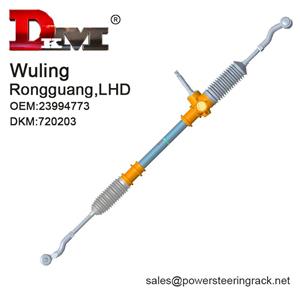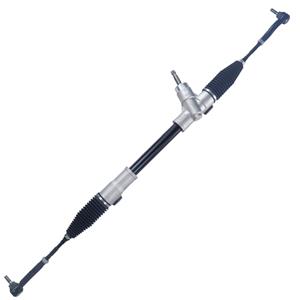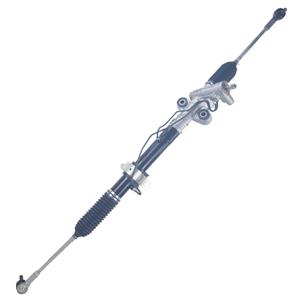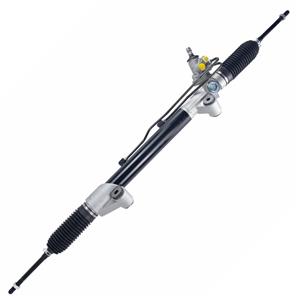-
Manual steering system: no steering fluid is required. Hydraulic power steering system: steering fluid is required. The steering fluid in the hydraulic system is responsible for transmitting pressure, lubrication and heat dissipation. Electronic power steering system: no steering fluid is required.
-
The manual steering system, also known as the mechanical steering system, is the earliest automotive steering technology. It transmits the rotational motion of the steering wheel to the wheels of the vehicle through a physical connection. The power steering system is developed on the basis of the manual steering system.
-
Cadillac first introduced power steering in its production cars in 1952. At that time, power steering technology had been relatively mature, especially after Chrysler launched the first mass-produced car equipped with a hydraulic power steering system in 1951
-
From the late 1950s to the 1960s, more and more American automakers began to equip their models with power steering systems. During this period, power steering gradually evolved from an optional configuration for luxury models to a standard configuration for mid-to-high-end models.
-
The manual steering system completely relies on the driver's power for steering, and the mechanical structure is relatively simple, mainly relying on the rack and pinion mechanism to achieve steering. The hydraulic steering system adds a hydraulic power assist device on the basis of the manual.
-
In the current automotive market, hydraulic power steering systems (HPS) and electronic hydraulic power steering systems (EHPS) are still widely used, and both systems rely on power steering pumps.
-
0409-2024
What Is A Manual Steering System?
The manual steering system, also known as the power-free steering system, is a mechanical device that relies on the driver to directly apply force to turn the steering wheel and control the steering of the vehicle.




